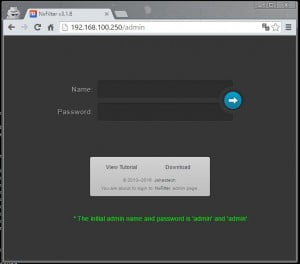

Now you created a Firewall Rule using your Alias. Creating a Firewall Rule using the Alias 4 - Navigate to Firewall / Rules and choose your desired interface and click on Add.ĥ - Choose the desired Address Family, Protocol and Source.Ħ - On the Destination Tab choose Single host or alias on Step 4ħ - Start to type the name of the Alias you created on Step 5, it will auto completeĨ - Choose the desired Destination Port RangeĪnd that’s it. Now it’s time to create a Firewall Rule using our just created Alias. 2 - Choose a Name, Type and specifiy the values and click on Save Creating The Alias The Name you set on Part 1 will be the Name that is used as the Alias Name in the Firewall Rule later. If you want to add more than one Network, just click on +Add Network.


Now the choice is your’s, you can choose if you want to assign Networks, Hosts, URL’s or Ports. Creating an Alias 1 - Log in to your pfSense Web Interface and navigate to Firewall / Aliases and click on Add. So let me quickly run you through the steps that are necessary to create an alias and a firewall rule using the alias. I also use aliases for single networks, because I can remember a single Name better than an IP Address range, and you probably too except you are some kind of number-wiz. In some cases, there are is more than one network that you need allow ports to, so you would need to create each firewall rule twice or even more often if you want to allow the ports to all of the provider’s networks. If the VOIP provider just has one network, you could, of course, just type in the network range like 216.58.209.35/21 You need to allow certain ports from your firewall to the VOIP providers network. Let’s say, you are using VOIP, like in the following example that I will show you. Or the same with a couple of IP-Addresses or Networks. Now you can say, assign the alias Microsoft to just one or a couple of Hosts, Networks, Ports or URL’s. Now you have a ton of options what you want to store in that alias Alias Options Think of DNS and IP Addresses, of which you should be familiar by now if you followed my blog and YouTube for a while now.ĭNS translates IP Addresses to a Fully Qualified Domain Name, like for example is translated to 216.58.209.35 by my DNS Server.īasically the same thing happens with aliases, just that you can set one name, for example In this tutorial you will learn how to create an alias and a firewall rule with pfSense.


 0 kommentar(er)
0 kommentar(er)
